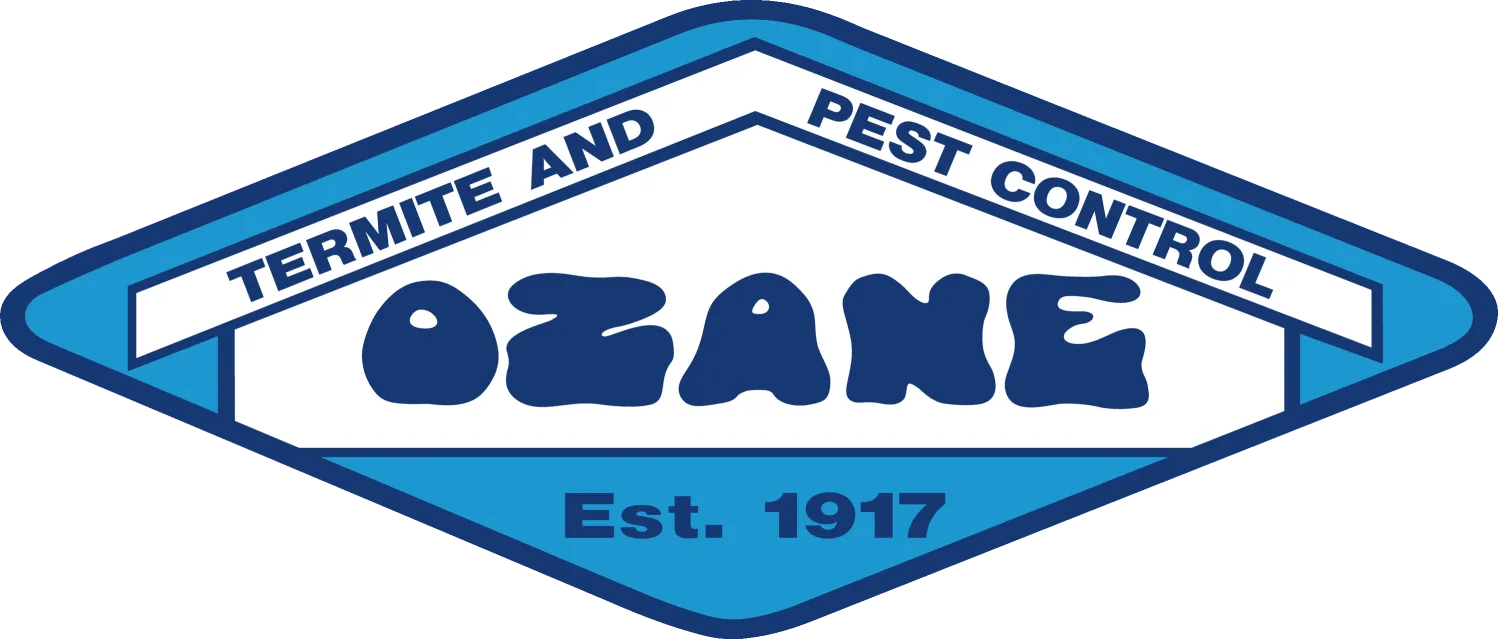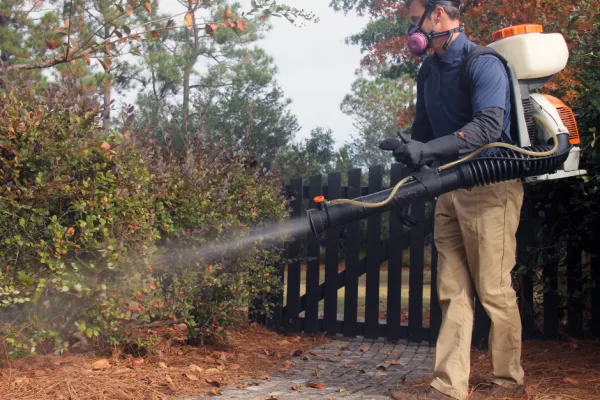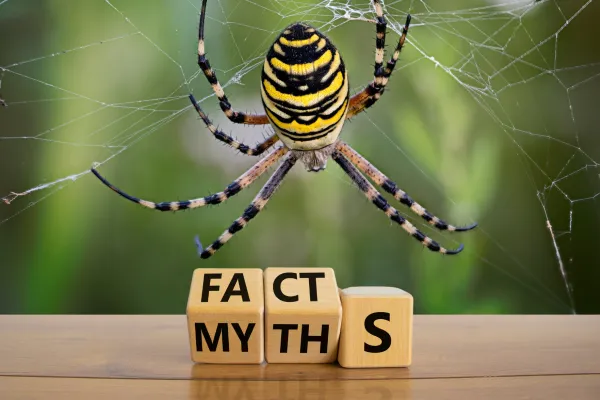Common Moisture-Loving Pests

Common Moisture-Loving Pests in Coastal New Jersey
As spring rolls into summer in Ocean and Monmouth Counties, the combination of warm temperatures and rising humidity sets the stage for a surge in pest activity. Moisture-loving pests thrive in these conditions, and without proper moisture control and professional pest control, your home could become the perfect habitat for various invasive insects and fungi.
Let's look closer at the most common culprits and why this season brings them out in full force—especially the ones homeowners should be most concerned about: carpenter ants, termites, and mosquitoes.
Common Damp-Loving Insects and Arthropods
Carpenter Ants
Carpenter ants are among the most destructive household pests in our region. These large, black ants don't eat wood like termites but burrow into it to create nesting galleries. When wood becomes softened by moisture, such as around leaking windows, roof eaves, or damp decks, it becomes much easier for them to excavate.
Why They're a Problem This Season:
Their colonies grow more active as the weather warms, particularly in humid late spring evenings
Winged "swarmers" emerge during warm nights to mate and establish new colonies
Activity typically ramps up in late spring when increased humidity and nighttime temperatures rise
Signs of a Carpenter Ant Infestation:
Rustling sounds inside walls or hollow wood
Sawdust-like debris (frass) near wooden structures
Spotting large ants indoors, especially in the kitchen or bathroom
Once established, carpenter ants can expand their nests deep inside your home's framing, weakening support beams and drywall.
Eastern Subterranean Termites
Eastern subterranean termites are silent invaders that cause about $6.8 billion in damage nationwide each year. They live underground but tunnel into moist wood, feeding on the cellulose and hollowing it out.
Why They Thrive in Late Spring:
Swarming season typically peaks from February through April, especially after rainfall
Warm, damp conditions promote aggressive foraging and colony expansion
Termites build mud tubes to stay connected to moist soil while invading your home
Warning Signs for Termites:
Discarded wings from swarmers near windowsills or doors
Mud tubes along foundation walls or basement joists
Wood that sounds hollow or crumbles easily
Because they stay hidden, termite damage often goes unnoticed until it's extensive. Regular inspections and early detection are key.
Mosquitoes
Mosquitoes are more than just a nuisance—they can carry dangerous diseases like West Nile virus and Eastern Equine Encephalitis. And they reproduce fast— It only takes about ½" of standing water to create a mosquito breeding ground. From clogged gutters to flower pots and puddles, these insects multiply quickly once spring rain hits.
Why Mosquitoes Thrive in Spring and Summer:
Females lay eggs in stagnant water—birdbaths, clogged gutters, old tires, even bottle caps
Eggs hatch faster in heat; mosquitoes can mature from egg to adult in 5-7 days
Overwintering eggs begin hatching as soon as temperatures regularly exceed 50°F
Where You'll Find Them:
Near ponds, marshy areas, or waterlogged landscaping
Around homes with poor drainage or uncovered containers that hold water
Indoors, if windows lack screens or doors are frequently left open
Preventing mosquito infestations means eliminating breeding sites and controlling moisture outdoors.
Silverfish
These nocturnal pests thrive in humid indoor spaces like bathrooms, basements, attics, and kitchens. Silverfish become more visible as indoor humidity rises in late spring, sneaking out at night to feed on paper, glue, and fabrics. They prefer places with relative humidity above 75%, and homes without proper ventilation or air conditioning are especially vulnerable.
Springtails
Barely visible to the naked eye, springtails are tiny insects that live in moist soil and mulch. After rain or snowmelt, their numbers explode in damp environments. You might spot them in kitchens, bathrooms, or around potted plants, often described as "jumping specks" near sinks or drains. While harmless, their presence is a telltale sign of excess indoor moisture.
Fungi and Mold-Related Pests
Wood-Decaying Fungi (Mold & Mildew)
Don't be fooled by the term "dry rot"—all wood-decay fungi need moisture to grow. Spores float in the air and settle on damp surfaces. When moisture levels rise above 28%, the spores grow, and warm weather fuels rapid spread. You might notice black, green, or white mold patches on walls, wood beams, or damp areas like basements or attics. In severe cases, mushroom-like growths may appear on decaying wood.
Mold Mites (Fungus Mites)
These microscopic mites feed exclusively on mold and mildew. They flourish when humidity levels soar above 85%, common in spring and early summer if indoor air isn't properly controlled. Mold mites may look like fine dust and are often seen on moldy drywall, under sinks, or in damp storage areas. While they don't bite or harm people, they're a warning sign of a more significant moisture problem.
Why Moisture Management Matters
Moisture is the common denominator for all of these pests. As late spring gives way to summer, managing excess humidity and fixing leaks becomes crucial. Unchecked dampness can lead to a perfect storm of pest invasions—from structural damage caused by termites and fungi to nuisance infestations of mosquitoes, silverfish, and mites.
At Ozane Termite and Pest Control, we specialize in identifying and addressing the root causes of pest problems. If you're seeing increased insect activity or signs of mold and mildew, contact us or learn more about our pest control, moisture, and mold solutions.



